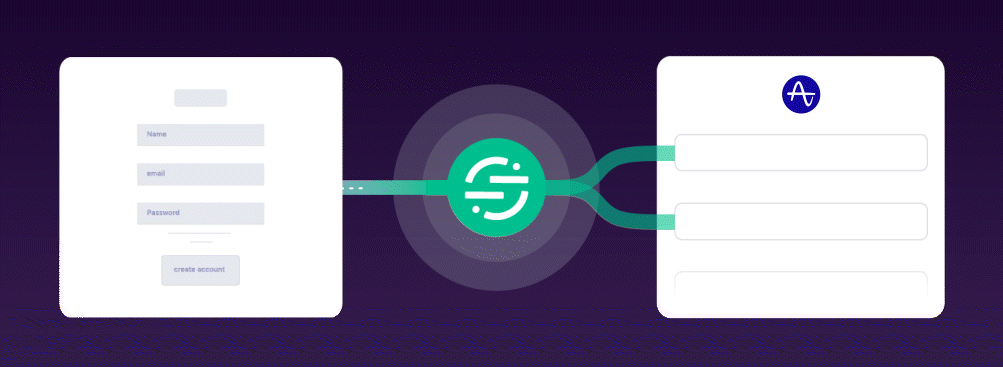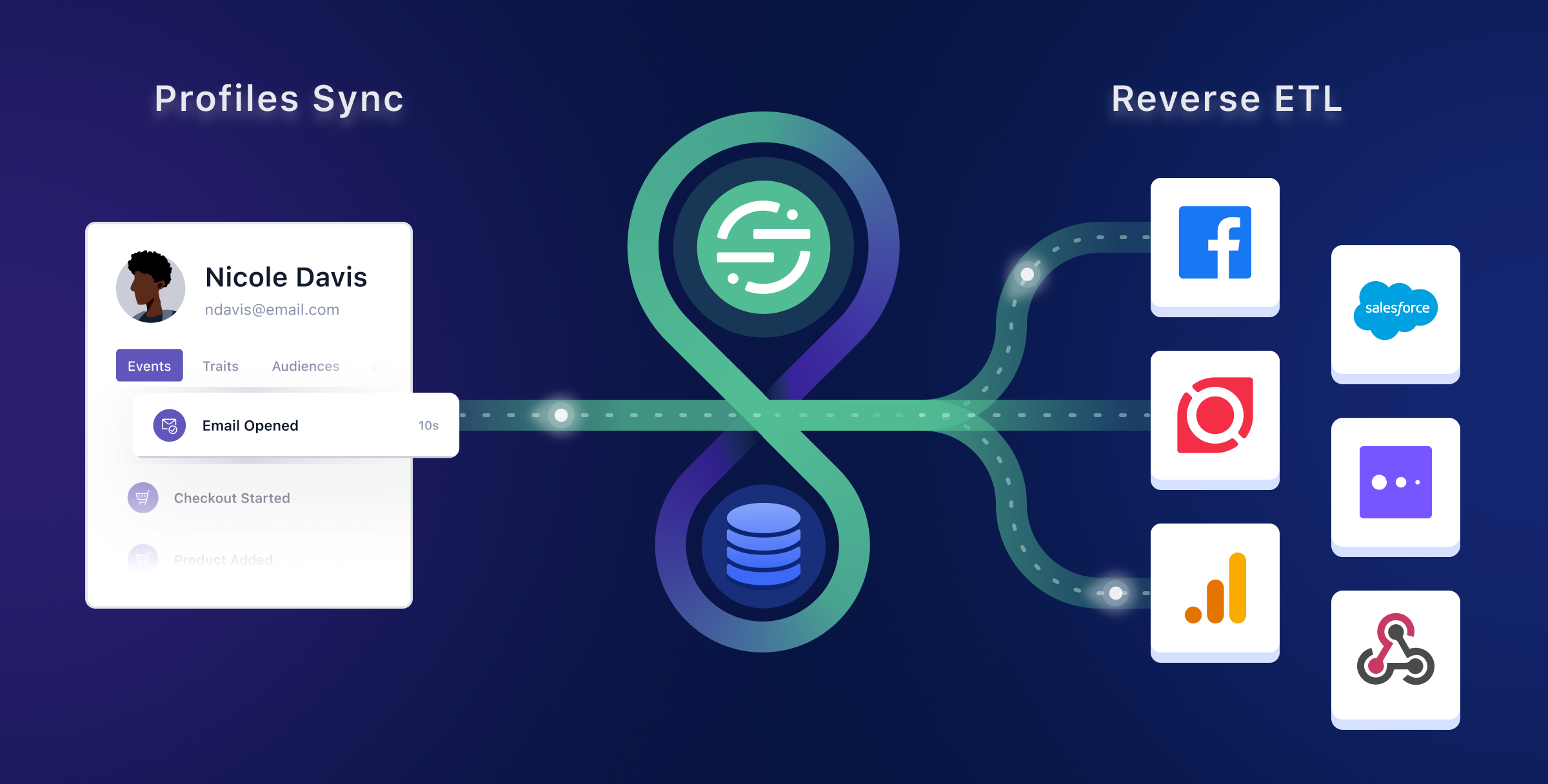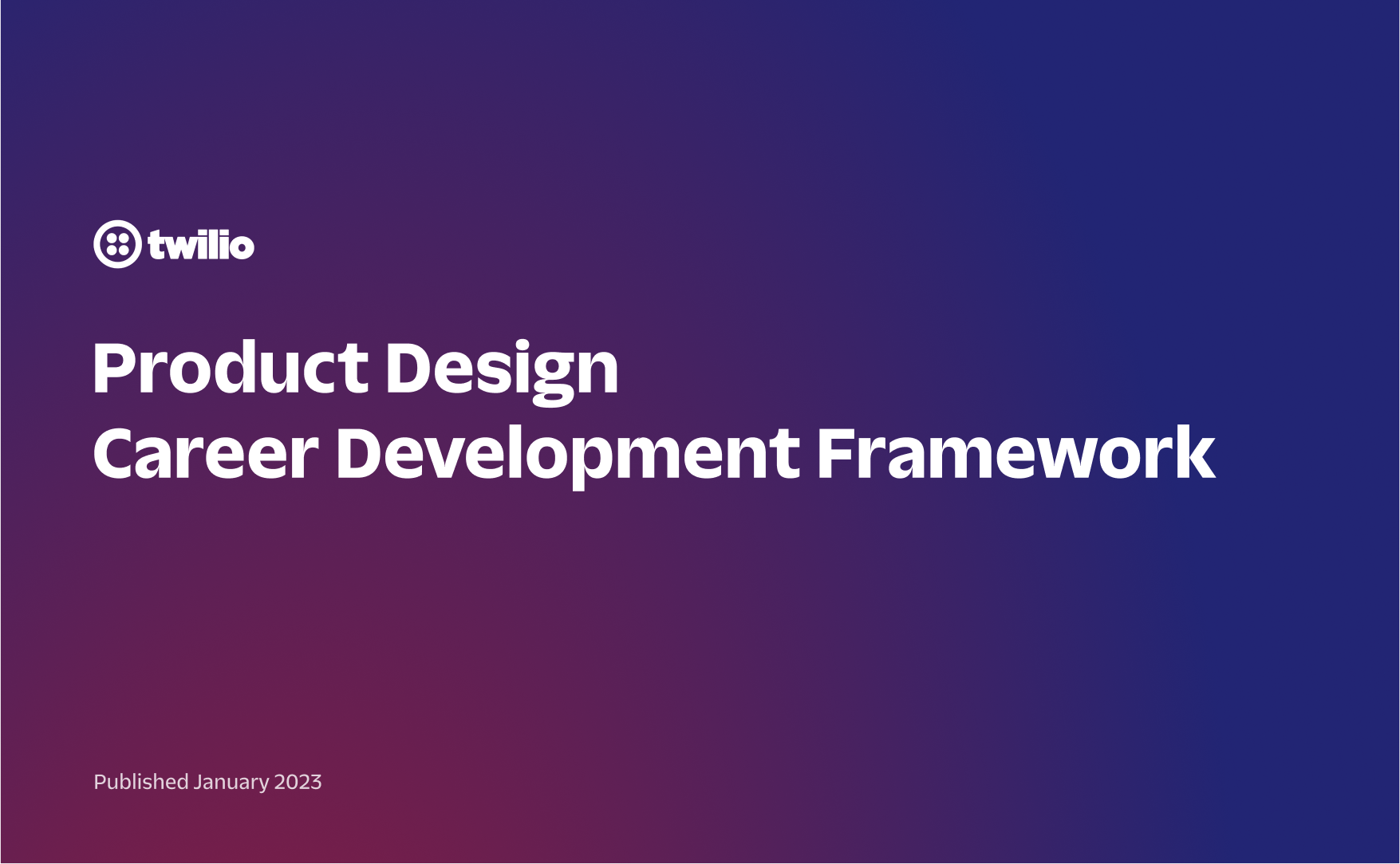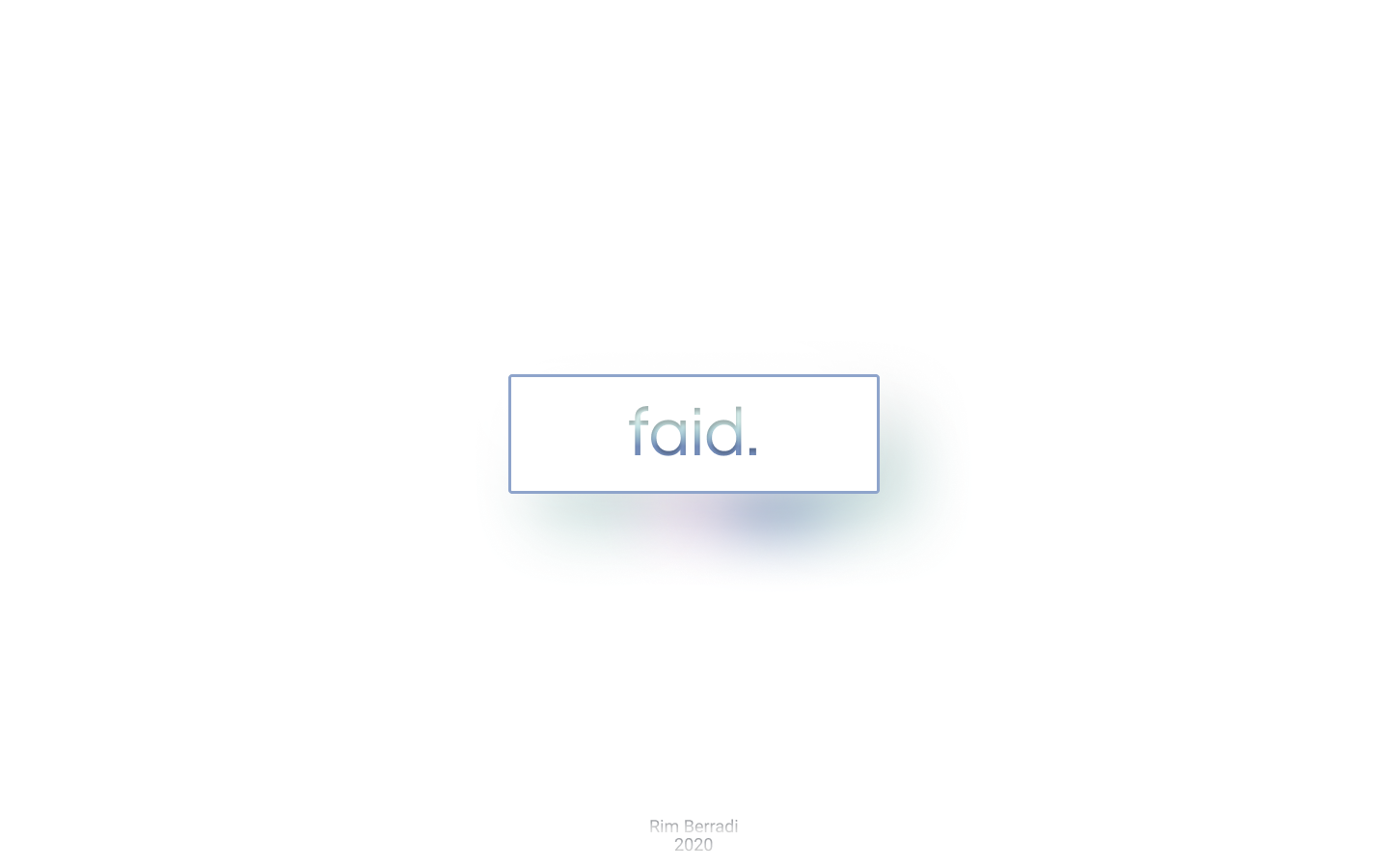UX/ UI/ motion design
Elevating User Experience through Motion Design - Twilio Segment
Step into the dynamic universe of Twilio Segment, a versatile customer data platform housing an array of innovative products. This case study illuminates how the fusion of motion design and illustrations revitalized user experiences across Twilio Segment's diverse product landscape. We'll delve into how these creative elements not only simplified complexity but also brought life to empty states within the products.
My Role
Team
Tools
Timeline
Figma
Adobe ae
7 months
Me my self and I
motion design
UX/UI design
The Challenge
Spanning multiple products, Twilio Segment grappled with a shared challenge - the need to demystify intricate functionalities. The intricacy of these offerings often led to user uncertainty, impeding user engagement and adoption. Furthermore, the void of empty states within the products needed attention to foster a more inviting environment.
The Objective
The mission was clear - harness the power of motion design and illustrations to curate immersive user journeys. The objective encompassed transforming complexity into clarity, spotlighting benefits, and instilling users with the confidence to embrace these products. Simultaneously, the aim was to alleviate the starkness of empty states, making them engaging and inviting.
Before
The Design Process
Conceptualizing the Vision: The journey began with a brainstorming whirlwind. Ideas flourished, each one weaving motion and animation into the fabric of these products' stories.
Conceptualization: Our journey commenced with a whirlwind of ideas. Concepts emerged, integrating motion and illustration into the very essence of these products' narratives.
Storyboarding: Storyboards emerged as our maps, guiding users through intuitive experiences. Each step illuminated where motion and illustrations would play their roles.
Motion Prototyping: Armed with motion prototyping tools, we brought designs to life. Interactive animations materialized, allowing us to fine-tune the choreography before unveiling.
Visual Design: Visual identities took shape, mirroring Twilio Segment's brand. Colors and imagery harmonized with the products' data-driven themes, ensuring a cohesive visual language.
Refinement: Like skilled artisans, we refined animations. Timing was perfected, cues sharpened, and potential confusion points meticulously smoothed.
The Results
1. Simplified Understanding: Users attested to newfound clarity. Animations illuminated complex functionalities, transforming puzzlement into comprehension.
2. Enhanced Engagement: The design breathed energy into onboarding, igniting curiosity for exploration. Motion and illustrations acted as catalysts for deeper user engagement.
3. Delightful Experience: Users discovered joy in interacting with animations and illustrations. The once-intimidating transformed into a joyful, interactive experience.
4. Increased Adoption: The introduction of motion design and illustrations nurtured seamless user journeys. Across multiple products, users embraced functionalities more readily, rewriting the story of product adoption.
After
Conclusion
In Twilio Segment's realm of diverse products, motion design and illustrations emerged as universal storytellers. This case study celebrates the enchanting art of visual storytelling - where intricate functionalities shed complexity, user engagement flourishes, and empty states morph into welcoming canvases within Twilio Segment's innovative product portfolio.
work



















